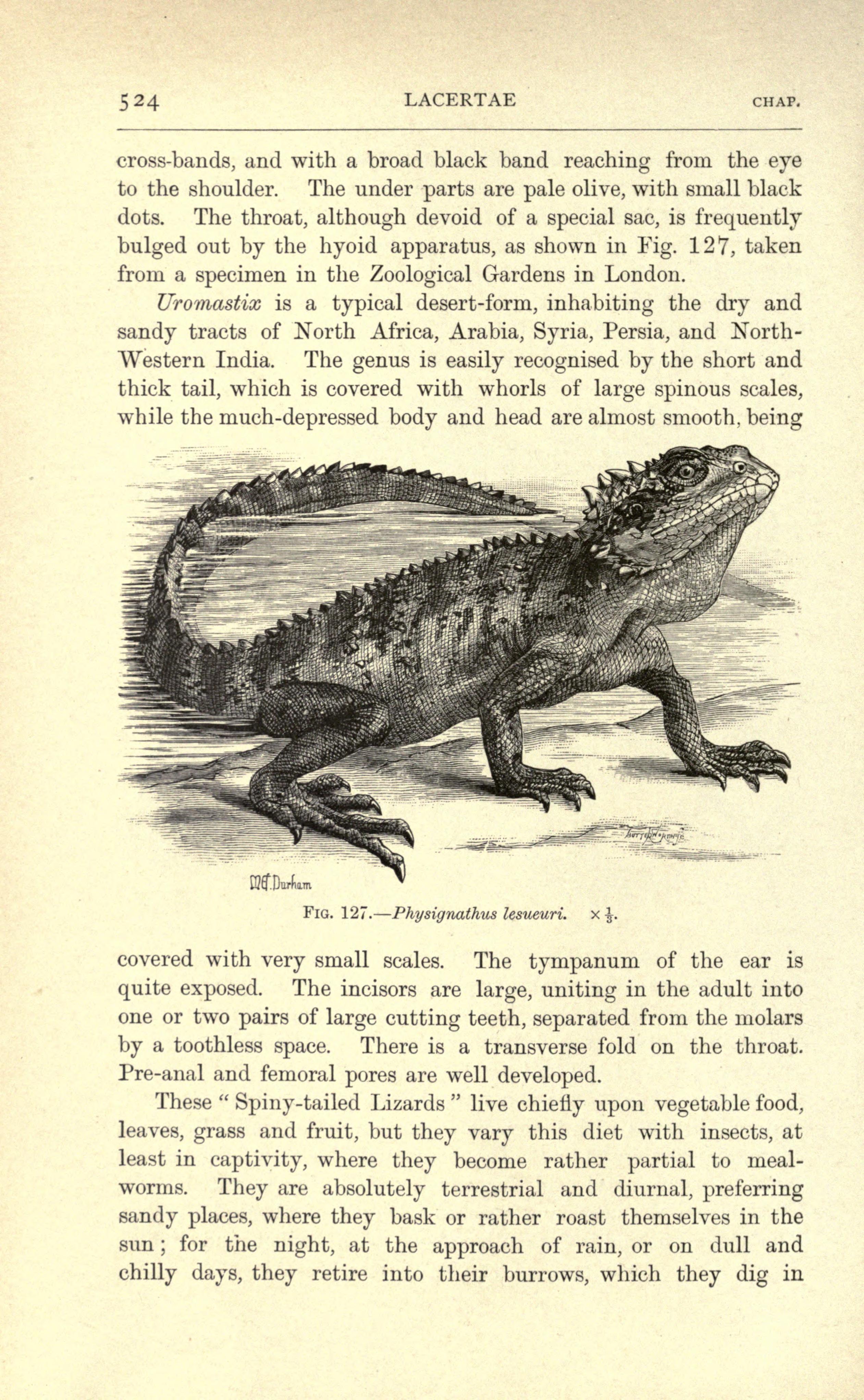 Kids love learning about animals—especially ones with superpowers! Use these books from the STEM Tuesday list along with their classroom ideas to let students explore how animals use their amazing skills to survive in nature and help humans too.
Kids love learning about animals—especially ones with superpowers! Use these books from the STEM Tuesday list along with their classroom ideas to let students explore how animals use their amazing skills to survive in nature and help humans too.
Stronger Than Steel: Spider Silk DNA and the Quest for Better Bulletproof Vests, Sutures, and Parachute Rope by Bridget Heos, photographs by Andy Comins
Can you believe that delicate little spiders can create something with such amazing strength that might someday be used to repair or replace human ligaments? Read all-about it in Heos’ Scientists in the Field title.
Activity
Experiment with different kinds of materials to see which makes the strongest web!
Materials:
- thread, yarn, or thin stretchy cord
- bowl
- objects to put on top of your web (rocks, sticks, fake bugs)
Steps:
- Have groups of students choose a type of string to use. Then ask them to wrap the string around the bowl to make a web over the open side. They should think about the pattern of their web as they wrap.
- Next tell students to test the strength of their web. Put objects all over their web. Are certain areas stringer than others? How many objects can it hold?
- Then ask students to test out a different kinds of string to make a new web. After testing its strength with different objects, ask them: Which web was stronger? Why do you think it was stronger?
Check this out!
The author’s classroom discussion and activity guide: https://www.scribd.com/document/135393652/Stronger-than-Steel-Discussion-Guide.
Super Sniffers: Dog Detectives on the Job by Dorothy Hinshaw Patent
Explore how dogs use their super sniffing detection skills to help humans.
Activity
Dogs can smell scents from much farther away than humans. See how close you have to be to detect a certain smell.
Materials:
- jars with lids
- cotton balls
- strong scents (such as perfume, vinegar, coffee, onions, or vanilla extract)
- measuring tape
Steps:
- Soak some cotton balls with strong smelling liquid or cut up onions or other foods that have a strong smell.
- Put the stinky cotton balls or food in a jar—one smelly item per jar—and close the lids.
- Ask a friend to stand 15 feet away and then open a jar. Can your friend identify what the smell is?
- If not, ask your friend to slowly step forward, still smelling, until they can tell you what the scent is. Measure how far away your friend was before identifying the smell.
- Repeat with the other jars. Were some smells easier to identify from far away? Were some smells especially difficult?
Check this out!
TedEd video about how dogs “see” with their noses: https://www.brainpickings.org/2015/02/17/alexandra-horowitz-dog-animation/.
Superpower Field Guide: Moles and Superpower Field Guide: Eels by Rachel Poliquin, illustrated by Nicholas John Firth
Discover the extraordinary skills of moles and eels in these two guides. Then explore the rest of the series. Poliquin and Firth have two other titles about beavers and ostriches.
Activity
Some superpowers are hard to believe–like the eel’s ability to store and discharge electricity! They store electricity like a battery, so try making this battery with a lemon.
Materials:
- 4 lemons
- 4 pieces of copper
- 4 galvanized nails
- 5 alligator clip wires
- a light to power
Steps:
- Roll lemons on countertop with your hand to release the juice inside.
- Stick one nail and one piece of copper into each lemon.
- Use the alligator wire clip next. Attach one wire from an alligator clip to a nail in a lemon and the other wire to a copper piece in another lemon. Continue until all the lemons are connected.
- You should have one piece of copper and one nail that are not connected to wires. Connect the copper piece to the positive connection on the light. Connect the galvanized nail to the negative connection.
- Turn on the light and it should work with your lemon battery.
Check this out!
Superpowered Creature Creator post on the author’s website: http://www.rachelpoliquin.com/superpowered-creature.
Further Resources
Check out these sites for more fascinating and fun STEM animal superpower resources:
- National Geographic Kids, Electric Eel: https://kids.nationalgeographic.com/animals/fish/facts/electric-eel
- PBS,Amazing Animal Superpowers: https://www.pbs.org/video/its-okay-be-smart-amazing-animal-superpowers/
- CBC Kids, Animals that are like your favorite superheroes: https://www.cbc.ca/kidscbc2/the-feed/animals-that-are-like-your-favourite-superheroes
Hope these activities and resources get your students excited to learn more about animal superpowers!

Karen Latchana Kenney loves to write books about animals, and looks for them wherever she goes—from leafcutter ants trailing through the Amazon rain forest in Guyana, where she was born, to puffins in cliff-side burrows on the Irish island of Skellig Michael. She especially enjoys creating books about nature, biodiversity, conservation, and groundbreaking scientific discoveries—but also writes about civil rights, astronomy, historical moments, and many other topics. She lives in Minnesota with her husband and son, and bikes, hikes, and gazes at the night sky in northern Minnesota any moment she can. Visit her at https://latchanakenney.wordpress.com.














 Janet Slingerland has written more than 20 nonfiction books for children. She even got to write about sea turtles in 12 Epic Animal Adventures. When she’s not writing, Janet can often be found exploring the world in her own backyard (which sometimes includes turtles!). For more information about Janet, check out her website at
Janet Slingerland has written more than 20 nonfiction books for children. She even got to write about sea turtles in 12 Epic Animal Adventures. When she’s not writing, Janet can often be found exploring the world in her own backyard (which sometimes includes turtles!). For more information about Janet, check out her website at